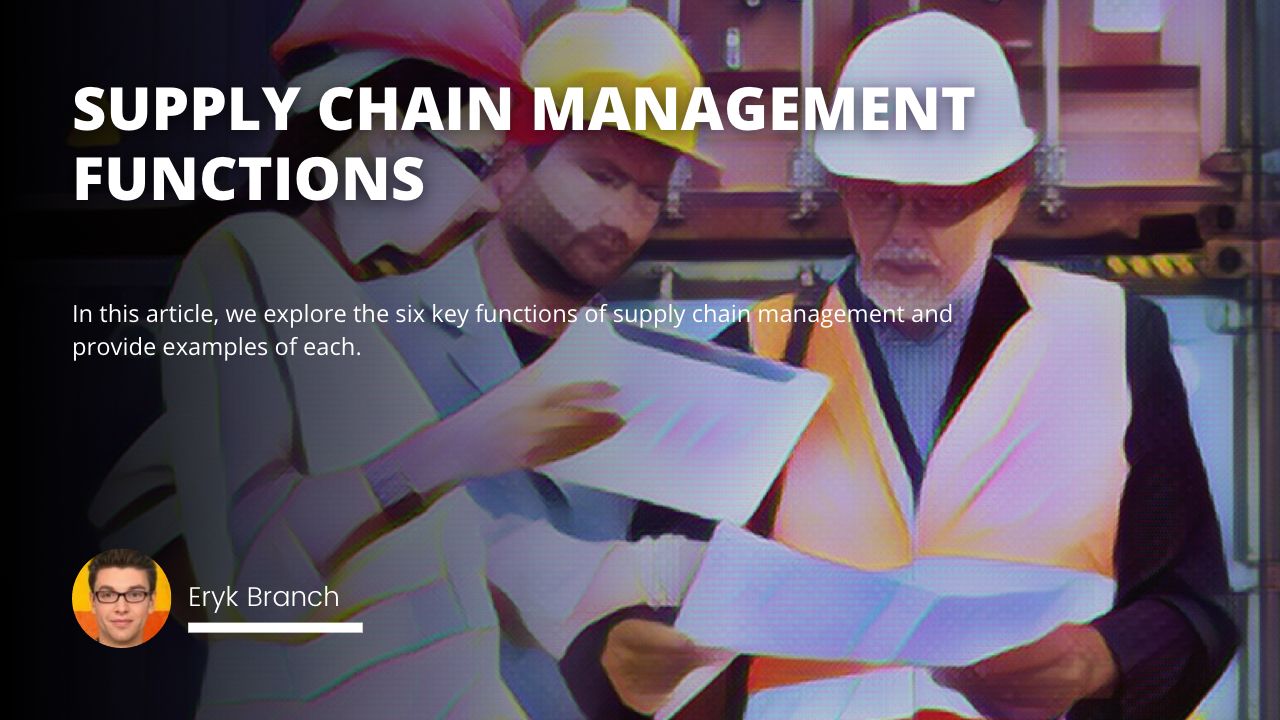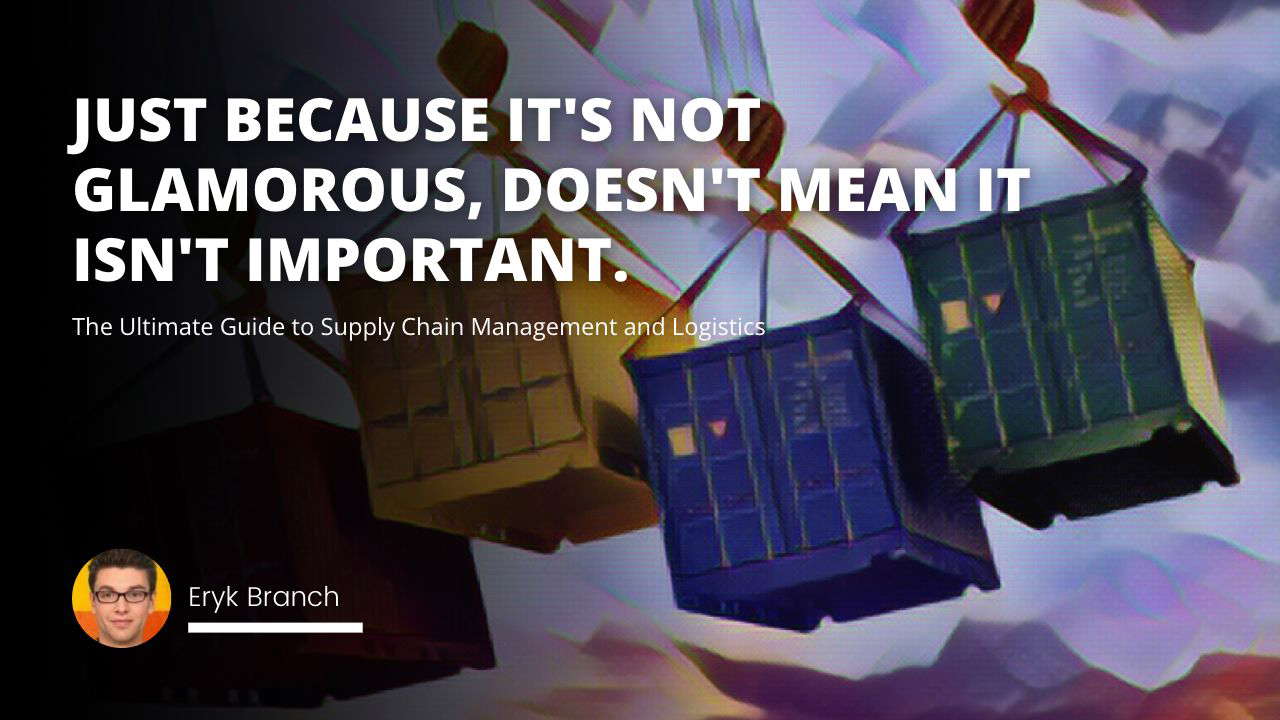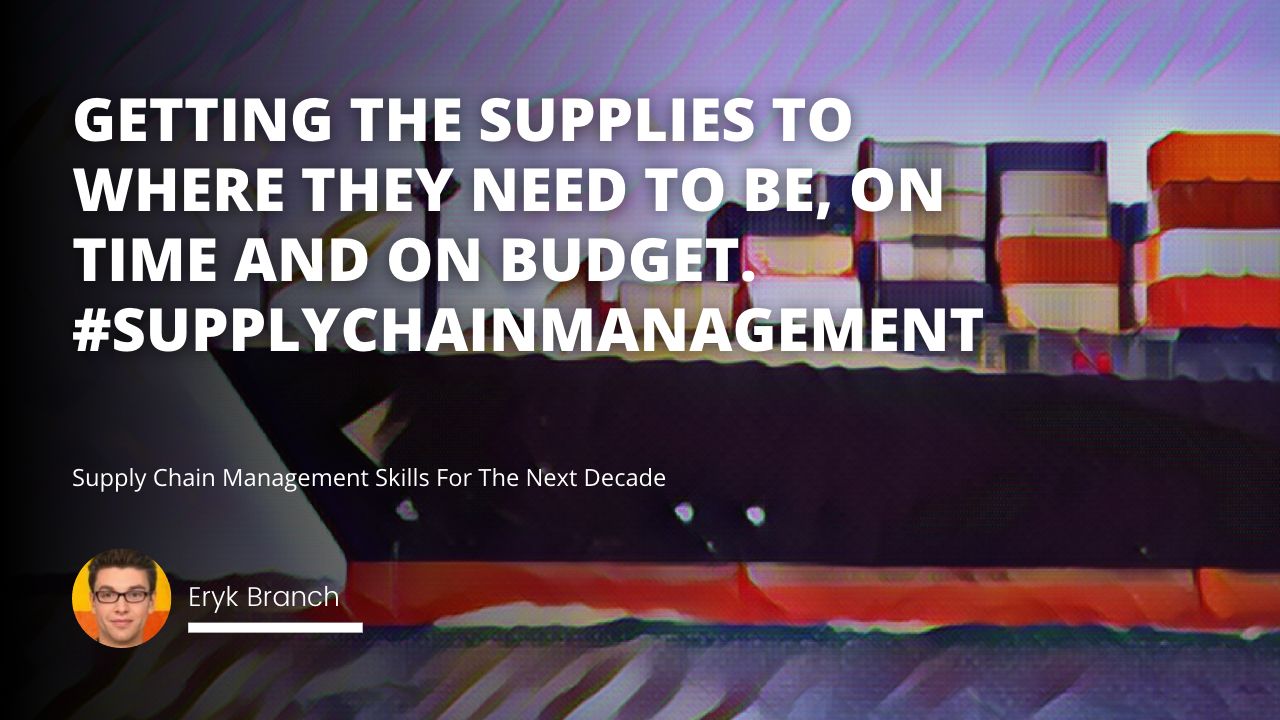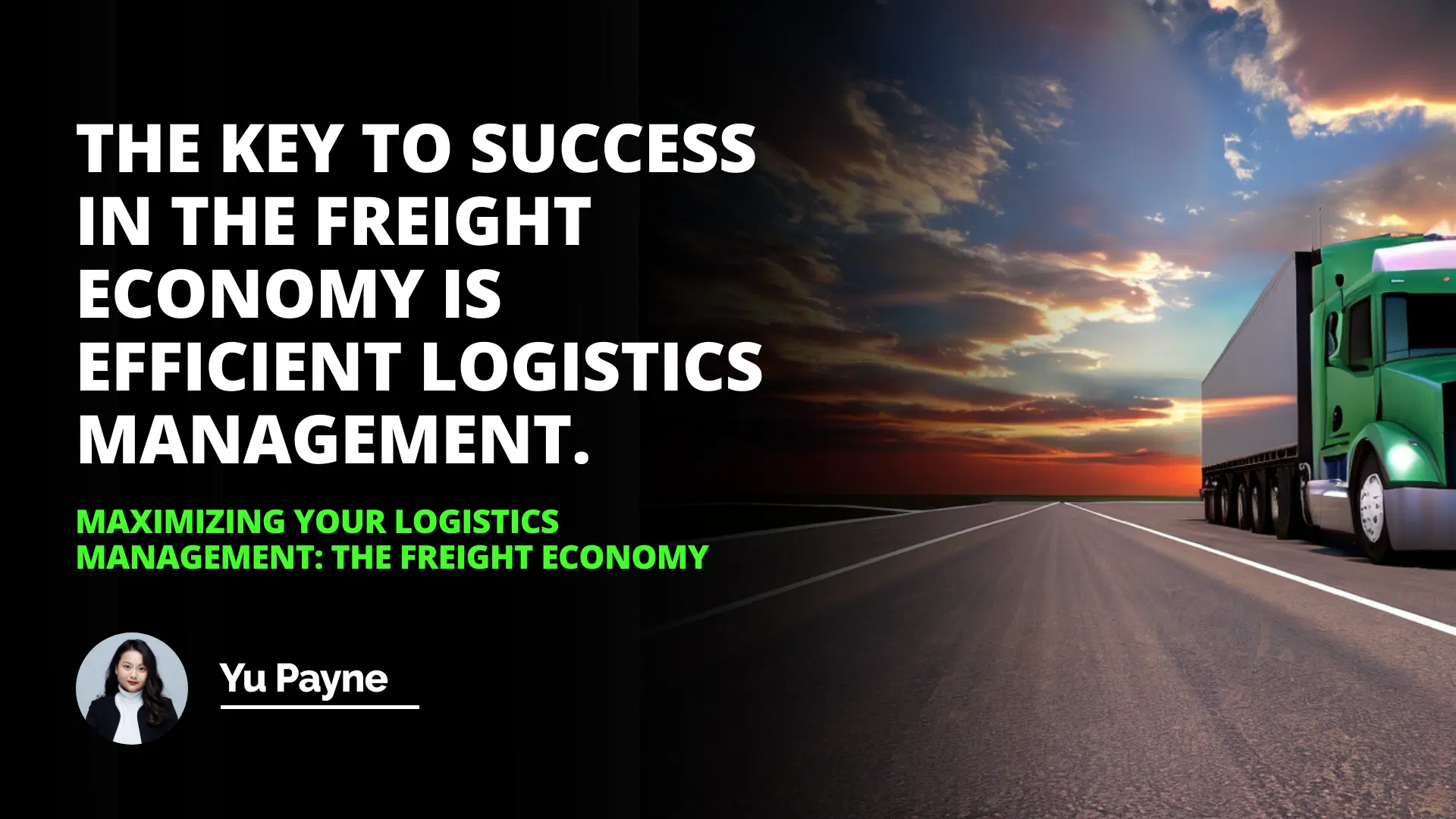
This involves the selection of the most appropriate mode of transportation for a particular shipment. This includes the selection of the most cost-effective mode of transportation, as well as the selection of the most efficient route for the transportation of goods.
Route planning is a strategy that involves the selection of the most efficient route for the transportation of goods. This includes the selection of the most cost-effective route, as well as the selection of the most efficient route for the transportation of goods.
Load unitizing is a strategy that involves selecting the most appropriate loading and unloading equipment for a particular shipment. This includes the selection of the most cost-effective loading and unloading equipment, as well as the selection of the most efficient loading and unloading method.
Long-distance shipment is a strategy that involves the selection of the most appropriate mode of transportation for a particular shipment. This includes the selection of the most cost-effective mode of transportation, as well as the selection of the most efficient route for the transportation of goods.
The freight economy is an essential part of the global economy that involves multiple stakeholders, such as shippers, carriers, and freight forwarders. It comprises transportation, storage, loading/unloading, customs clearance, and insurance. To maximize efficiency and reduce costs, businesses must adopt freight consolidation, transport mode selection, route planning, load unitizing, and long-distance shipments.
Introduction
Understanding the Freight Economy
Strategies for Maximizing Logistics Management
Benefits of Optimizing Freight Economy
Conclusion
Related Course: Logistics Certification Online
Introduction: The freight economy is an essential component of the global economy. It is the process by which goods and services are moved from one place to another. The freight economy is a complex system that involves multiple stakeholders, including shippers, carriers, and freight forwarders. Businesses need to understand the freight economy to maximize the efficiency of their logistics operations and reduce costs.
Understanding the Freight Economy
The freight economy is composed of several components. These include the transportation of goods, the storage of goods, the loading and unloading of goods, the customs clearance of goods, and the insurance of goods. Each of these components is essential for the successful transportation of goods.
The transportation of goods is the most critical component of the freight economy. This involves the selection of the most appropriate mode of transportation, such as truck, rail, air, or sea. It also involves the selection of the most appropriate route for the transportation of goods.
The storage of goods is another critical component of the freight economy. This involves the selection of the most appropriate storage facility, such as a warehouse or a container yard. It also involves selecting the most appropriate storage method, such as palletizing or bulk storage.
The loading and unloading of goods is an essential component of the freight economy. This involves selecting the most appropriate loading and unloading equipment, such as forklifts or cranes. It also involves the selection of the most appropriate loading and unloading method, such as manual or automated.
The customs clearance of goods is an essential component of the freight economy. This involves selecting the most appropriate customs clearance procedure, such as an import or export license. It also involves the selection of the most appropriate documentation, such as a bill of lading or a customs declaration form.
The insurance of goods is an essential component of the freight economy. This involves the selection of the most appropriate insurance policy, such as a cargo liability policy or a marine cargo policy. It also involves the selection of the most appropriate insurance provider, such as an insurance broker or an insurance company.
Strategies for Maximizing Logistics Management
In order to maximize the efficiency of logistics operations and reduce costs, businesses must adopt strategies designed to optimize the freight economy. These strategies include freight consolidation, transport mode selection, route planning, load unitizing, and long-distance shipments.
Freight consolidation is a strategy that involves combining multiple shipments into a single shipment. This reduces the cost of transportation by eliminating the need for multiple shipments. It also reduces the amount of time required for the transportation of goods.
Transport mode selection is a strategy that involves selecting the most appropriate mode of transportation for the transportation of goods. This includes selecting the most appropriate mode of transportation for goods, such as truck, rail, air, or sea.
Route planning is a strategy that involves selecting the most appropriate route for the transportation of goods. This includes selecting the most efficient route for the transportation of goods, such as the shortest or most cost-effective route.
Load unitizing is a strategy that involves combining multiple shipments into a single shipment. This reduces the amount of time required for the transportation of goods. It also reduces the cost of transportation by eliminating the need for multiple shipments.
Long-distance shipments are a strategy that involves selecting the most appropriate route for transportation. This includes selecting the most efficient route for the transportation of goods, such as the shortest or most cost-effective route.
Benefits of Optimizing Freight Economy
The optimization of the freight economy has several benefits for businesses. These benefits include reduced costs, increased efficiency, improved customer service, and improved environmental sustainability.
Reduced costs are one of the primary benefits of optimizing the freight economy. This is because businesses can reduce their transportation costs by selecting the most cost-effective mode of transportation, route, and storage method.
Increased efficiency is another benefit of optimizing the freight economy. This is because businesses can reduce the amount of time required for the transportation of goods by selecting the most efficient mode of transportation, route, and storage method.
Improved customer service is another benefit of optimizing the freight economy. Businesses can provide their customers with a better experience by selecting the most appropriate mode of transportation, route, and storage method.
Improved environmental sustainability is another benefit of optimizing the freight economy. Businesses can reduce their carbon footprint by selecting the most environmentally friendly mode of transportation, route, and storage method.
Conclusion: The freight economy is an essential component of the global economy. Businesses need to understand the freight economy to maximize the efficiency of their logistics operations and reduce costs. This can be achieved by adopting freight consolidation, transport mode selection, route planning, load unitizing, and long-distance shipments. Optimizing the freight economy has several benefits for businesses, including reduced costs, increased efficiency, improved customer service, and improved environmental sustainability.
The key to success in the freight economy is efficient logistics management.
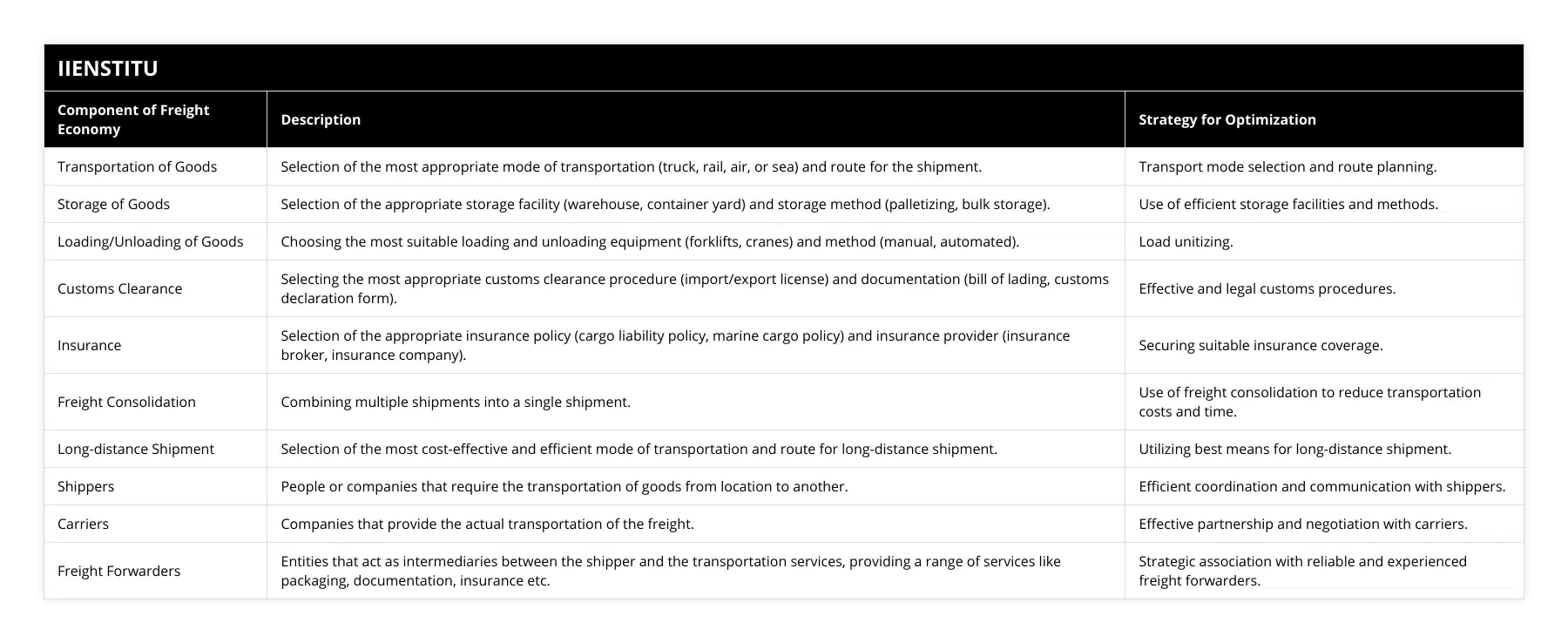
Frequently Asked Questions
What are the key strategies for maximizing logistics management in the freight economy?
Logistics management is an integral part of the freight economy, and businesses need to maximize their efficiency to maximize profits. This article outlines some key strategies for maximizing logistics management in the freight economy.
The first strategy is to create a comprehensive logistics management plan. The plan should include a detailed analysis of the company’s current logistics management processes and a plan for optimizing those processes. This plan should include an assessment of the company’s current transportation infrastructure and the potential for cost savings. Additionally, the plan should include an evaluation of the company’s current processes for handling freight and identifying any areas of improvement. Finally, the plan should include a timeline for implementing the recommended changes.
The second strategy is to use technology to improve logistics management. Technology can be used to automate processes, streamline communications, and improve data analysis. This can help businesses save time and money, reduce errors and increase the quality of their logistics management. In addition, technology can be used to track shipments, monitor inventory levels, and provide real-time updates on the status of shipments.
The third strategy is to create a network of trusted partners. Establishing relationships with reliable freight carriers, freight forwarders, and customs brokers can help businesses reduce their costs and improve the efficiency of their logistics management. Businesses should also consider partnering with third-party logistics providers to access their expertise and resources.
Finally, businesses should focus on customer service. Providing excellent customer service is essential for businesses operating in the freight economy. Companies should strive to provide timely and accurate information to customers and ensure that their shipments are delivered on time and in good condition.
Additionally, businesses should be proactive in addressing any customer complaints or inquiries promptly.
These strategies can help businesses maximize their logistics management in the freight economy. By implementing these strategies, businesses can increase their profits, reduce their costs, and improve the efficiency of their operations.
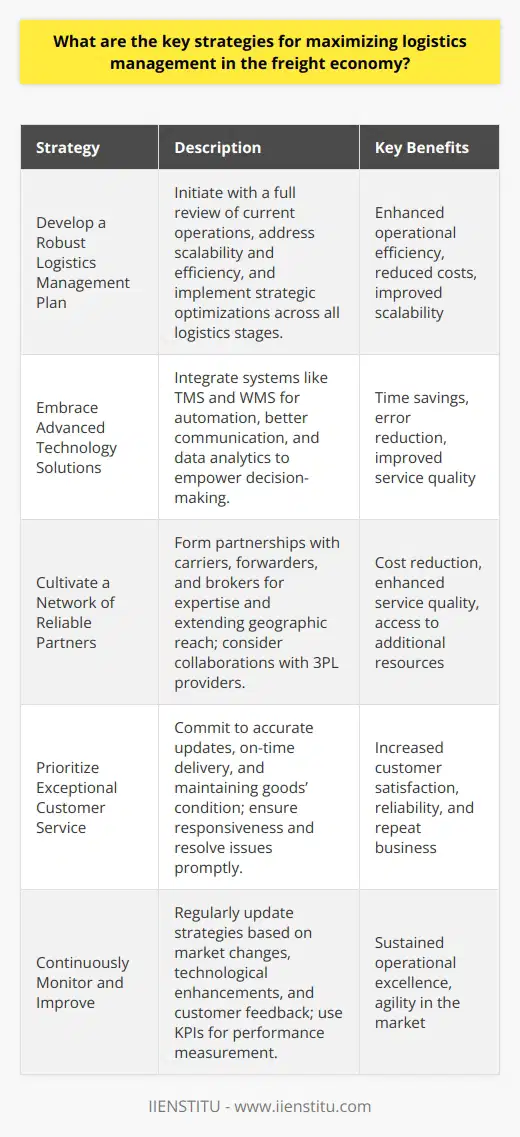
How can optimizing the freight economy benefit businesses?
The freight economy is integral to the global economy, allowing businesses to move goods and materials to their customers. However, the freight economy is often inefficient, with high transportation costs and long delays. Optimizing the freight economy through better infrastructure, improved technology, and more innovative processes can benefit businesses in various ways.
First, optimizing the freight economy can increase business efficiency. Poor infrastructure and long delays can create inefficiencies in the supply chain, resulting in higher transportation costs, lower inventory turnover, and ultimately fewer profits. Businesses can reduce these costs by improving infrastructure, streamlining processes, and increasing their bottom line.
Second, optimizing the freight economy can improve customer service. Long delays and unreliable delivery times can lead to customer dissatisfaction, resulting in fewer sales and higher levels of customer churn. By improving the speed and reliability of delivery, businesses can ensure that customers receive their orders on time, reducing customer churn and increasing customer satisfaction.
Third, optimizing the freight economy can reduce environmental impacts. Poor infrastructure and inefficient processes can lead to higher emissions and greater environmental degradation. By improving the efficiency of the freight economy, businesses can reduce their emissions and their environmental impact, helping to protect the planet.
Finally, optimizing the freight economy can create new business opportunities. Businesses can open up new markets and reach new customers by improving infrastructure, technology, and processes. This can create new sources of revenue and increase profits.
In conclusion, optimizing the freight economy through better infrastructure, improved technology, and more innovative processes can benefit businesses in various ways, ranging from improved efficiency and customer service to reduced environmental impacts and new business opportunities. By taking the steps necessary to optimize the freight economy, businesses can ensure that they are well-positioned to succeed in the global economy.
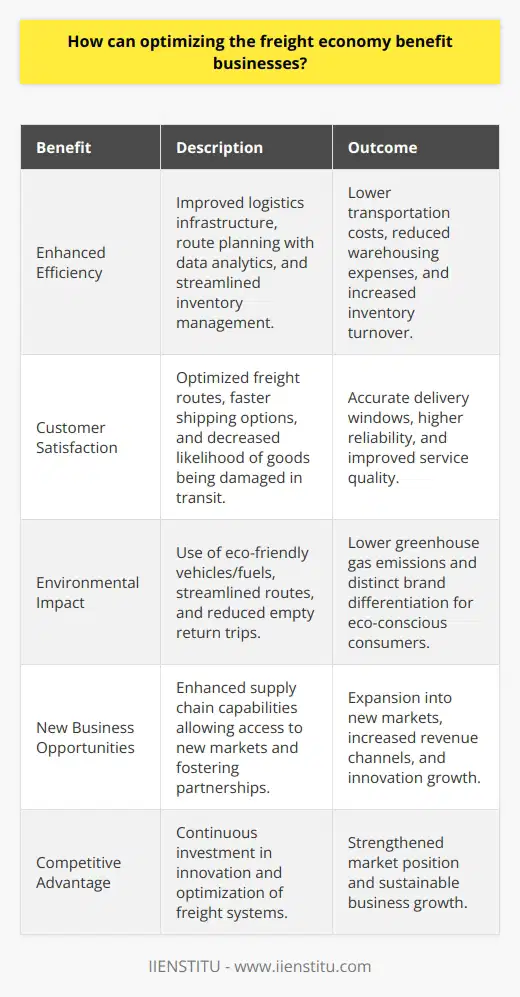
What are the most important considerations when introducing new logistics management strategies in the freight economy?
Several key considerations should be considered when introducing new logistics management strategies into the freight economy.
Firstly, the cost of the new strategies should be assessed. Ensuring that the expected return on investment justifies the cost of implementing the new strategies is essential. If the cost of implementing the new strategies is too high, the strategies should be re-evaluated or reconsidered.
Secondly, the impact of the new strategies on existing processes and systems should be considered. If the new strategies require modifying existing processes and systems, then the cost of this should be considered. Additionally, it is essential to ensure that the new strategies do not disrupt existing processes and systems, as this could negatively impact the freight economy's overall efficiency.
Thirdly, the capacity of the current infrastructure should be taken into account. If the new strategies require introducing new technology or systems, then the capacity of the existing infrastructure should be considered. If the current infrastructure is insufficient to support the new strategies, then modifications or upgrades may be required.
Finally, the potential impacts of the new strategies on customer service should be evaluated. It is essential to ensure that the new strategies do not negatively impact customer service, as this could decrease customer satisfaction and loyalty.
In conclusion, cost, existing processes and systems, current infrastructure, and customer service should be considered when introducing new logistics management strategies into the freight economy. Doing so will ensure that the new strategies are implemented efficiently and effectively and will help ensure the freight economy's long-term success.

How do you improve your logistics management?
Optimizing Logistics Management
To improve logistics management, one must first identify inefficiencies and find the most effective methods for increasing productivity. This involves analyzing the current supply chain and assessing the management of all processes.
Utilizing Technology
Incorporating technology into logistics operations can significantly increase efficiency and streamline processes. For instance, using digital tools such as warehouse management systems, transportation management systems, and inventory tracking software can help managers stay organized and make informed decisions.
Effective Communication
Establishing strong communication channels among employees, suppliers, and customers ensures smooth logistical processes. Providing clear instructions, setting expectations, and creating transparent systems for sharing information can greatly bolster overall logistics management.
Reducing Costs
Reducing costs is a primary objective for improving logistics management. This can be achieved by analyzing transportation routes, optimizing storage facilities, and reducing excess inventory. In addition, using automation and outsourcing certain tasks can help cut down on labor costs.
Performance Metrics
Implementing key performance indicators (KPIs) for your logistics processes is essential for ensuring continuous improvement. Tracking KPIs like order accuracy, inventory turnover, and transportation costs can help identify areas for improvement and measure the effectiveness of implemented changes.
Supplier Relationships
Collaborating with trusted suppliers is crucial for maintaining a strong supply chain. Establishing relationships with quality suppliers who share your organization's values can lead to improved reliability in freight transportation and more timely delivery.
Continuous Improvement
To achieve optimal results, a continuous improvement mindset must be adopted. This involves staying up-to-date with industry trends, incorporating new technology, and learning from past experiences. By regularly reviewing processes and seeking ways to improve upon them, a company can maintain a competitive edge in the logistics industry.

How does logistics management contribute to the economy?
Logistics Management's Role in Economic Growth
Optimization of Supply Chain
Logistics management is crucial for the economy as it efficiently optimizes the supply chain, ensuring that products reach consumers in a timely manner. By streamlining transportation, warehousing, and distribution of goods, logistics management reduces costs for customers and businesses while fostering revenue generation and employment opportunities within the sector.
Facilitation of Global Trade
In the era of globalization, logistics management has become even more vital for supporting international trade. It enables businesses to navigate complex import and export regulations, ensuring products are correctly transported, and tariffs are appropriately applied. As a result, countries can engage in trade to boost economic growth, widen the market for goods and services, and foster economic collaboration.
Supporting E-commerce Expansion
The rapid growth of e-commerce has made logistics management increasingly important in the digital age. By developing innovative delivery solutions, logistics companies have adapted to accommodate the exponential increase in online shopping. Efficient management of logistics processes enables businesses to extend their reach, effectively connecting consumers worldwide and driving economic growth through enhanced trade.
Reducing Environmental Impact
Logistics management contributes to environmental sustainability, which can in turn support long-term economic growth. By adopting eco-friendly practices such as greener transportation methods, reducing packaging waste, and implementing energy-saving technologies in warehouses, logistics managers can significantly reduce the industry's carbon footprint. Thus, efficient logistics management plays a critical role in diminishing the environmental impact of economic activities, promoting a greener economy.
Promoting Innovation and Technological Advancements
Another significant economic contribution of logistics management is driving innovation and technological advancements. The development of new solutions such as autonomous delivery vehicles, drones, and Artificial Intelligence (AI) systems enhances efficiency in the supply chain and logistics sector. These advancements stimulate investment, research, and development within the industry, promoting economic growth.
In conclusion, logistics management is indispensable to the economy as it optimizes the supply chain, facilitates global trade, supports e-commerce growth, reduces environmental impact, and fosters technological innovation. By streamlining these processes, logistics management not only enables businesses to stay competitive but also drives economic growth, job creation, and sustainable development.

What measures can you take to improve freight transportation efficiency?
Efficient Loading and Packing Practices
One measure to improve freight transportation efficiency is to optimize loading and packing practices. Properly organizing cargo in containers can minimize wasted space and maximize the transport potential of a shipment, making it more cost-effective and eco-friendly. This process can be done through the implementation of software and advanced planning techniques.
Regular Fleet Maintenance
Regular fleet maintenance can ensure that transportation vehicles work at optimum capacity, thus improving efficiency. By continually checking the condition of the engine, tires, and other components, potential mechanical issues can be addressed before causing delays or increasing fuel consumption. Moreover, efficient tires and well-tuned engines can contribute to lower carbon emissions and enhanced fuel economy.
Real-Time Route Optimization
Another measure is leveraging technology to optimize routes and decrease travel time for freight transportation. Utilizing advanced GPS systems and software that considers factors such as traffic, weather, and road conditions can enable drivers to avoid unnecessary delays and choose the most efficient path to their destination. This not only saves time but also reduces fuel consumption and CO2 emissions.
Collaborative Shipping Solutions
Collaborative shipping can bring synergies between different companies and industries by sharing space on transportation vehicles or pooling resources for more eco-friendly shipping practices. By clustering multiple shipments in one transport unit, organizations can save costs, reduce congestion on roads, and minimize environmental impact.
Continuous Driver Training
Driver training and skill development can play a crucial role in enhancing transportation efficiency. By providing drivers with ongoing education on fuel-efficient driving practices and safe driving techniques, companies can reduce risks on the road and promote environmentally responsible transportation. Additionally, educated drivers can better utilize technology for route optimization and time management.
Intermodal Transportation Integration
Lastly, integrating different modes of transportation, such as rail, air, and road, can significantly improve freight transportation efficiency. Intermodal transportation enables the seamless transition of cargo between multiple transportation modes, allowing for faster delivery and a reduced carbon footprint. For instance, using rail for long-distance transport and trucks for short distances can optimize fuel consumption and overall transport efficiency.
In conclusion, various measures can be taken to improve freight transportation efficiency, ranging from efficient loading practices to the integration of intermodal transportation methods. As a result, these strategies can enhance supply chain operations, reduce environmental impact, and lower transportation costs.
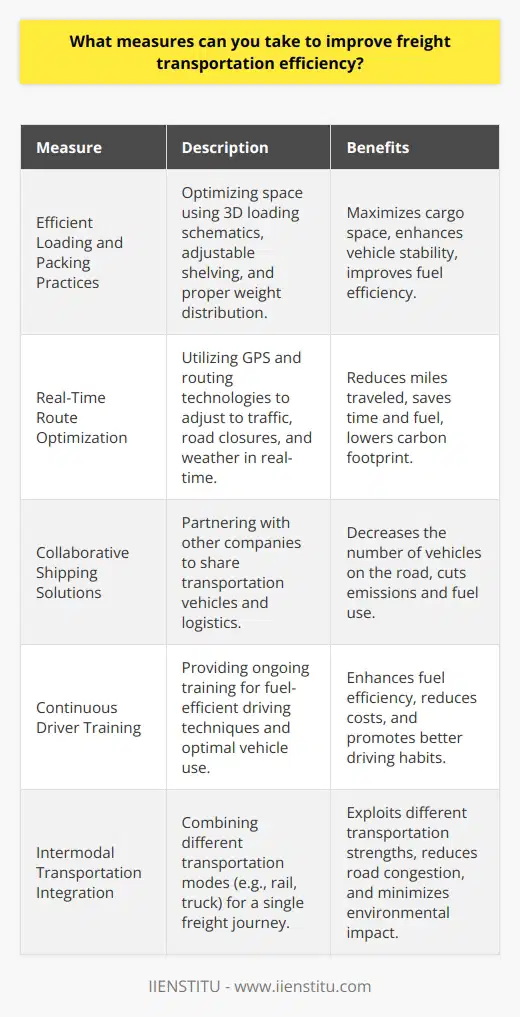
How do you enhance the effectiveness of your logistics management?
Utilizing Advanced Technology
One way to enhance the effectiveness of logistics management is through the integration of advanced technology, such as artificial intelligence (AI) and the Internet of Things (IoT). These tools can improve forecasting accuracy, automate processes, and streamline communication in the supply chain.
Embracing Continuous Improvement
Another crucial aspect of effective logistics management involves continuously identifying inefficiencies and taking corrective actions. This may be achieved through the implementation of Lean and Six Sigma methodologies, such as process mapping, root cause analysis, and the Plan-Do-Check-Act (PDCA) cycle.
Investing in Employee Training
Effective logistics management calls for skilled and knowledgeable personnel. It is essential to invest in employee training, including workshops, seminars, and certifications, to ensure that all team members are up-to-date with the latest industry trends, technologies, and best practices.
Optimizing Inventory Control
Proper inventory control is critical for minimizing overhead costs, preventing stockouts, and ensuring a smooth flow of goods. This could be achieved through demand forecasting, safety stock calculations, and implementation of just-in-time (JIT) inventory management techniques.
Collaborating with Suppliers and Partners
In order to improve logistics management, it is important to maintain open communication and collaboration with suppliers and other partners. Sharing information, such as demand forecasts and production schedules, ensures visibility and aligns all parties toward common objectives.
Implementing Performance Metrics
Lastly, measuring logistics performance using key performance indicators (KPIs) provides valuable insights for decision-making. Tracking metrics like order accuracy, on-time delivery rate, and inventory turnover ratio allows businesses to identify areas of concern and pursue data-driven strategies for process improvements.
In conclusion, enhancing the effectiveness of logistics management requires the utilization of advanced technology, a commitment to continuous improvement, investment in employee training, optimization of inventory control, collaboration with suppliers and partners, and implementation of performance metrics. By focusing on these areas, businesses can increase efficiency, reduce costs, and ultimately achieve a competitive advantage in the marketplace.
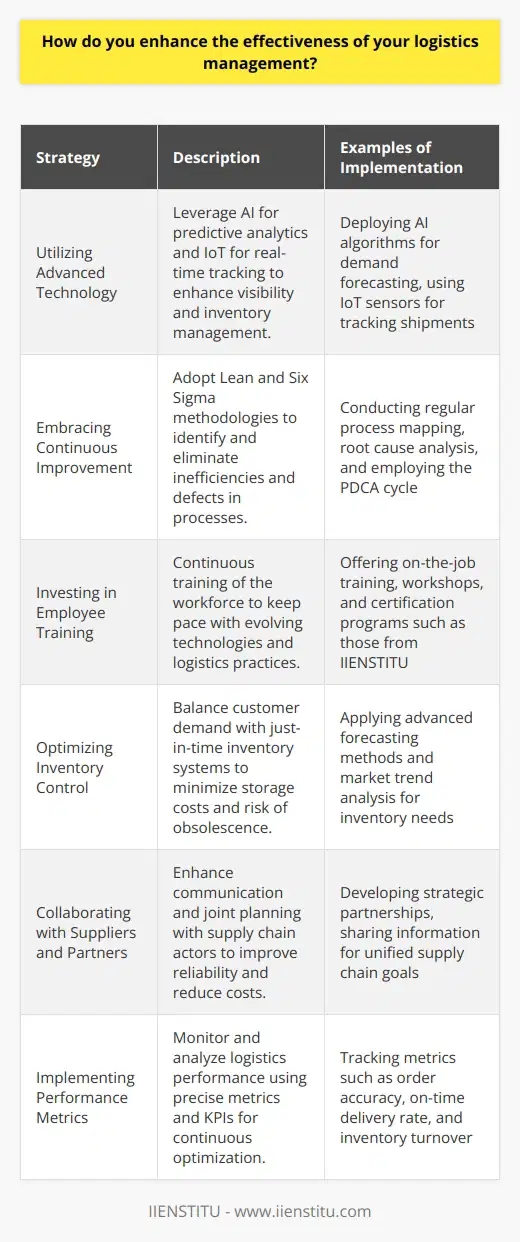
What role does logistics management play in the growth and development of the economy?
Role of Logistics Management
Logistics management plays a crucial role in the growth and development of an economy as it facilitates the efficient movement of goods and services, directly impacting economic productivity. Effective logistics management ensures the timely delivery of raw materials to manufacturers and the distribution of finished products to consumers. This enhances the overall efficiency and functioning of economic activities, resulting in better customer satisfaction and increased profitability.
Supporting Global Trade
A well-functioning logistics system is the backbone of global trade, enabling countries to engage in international economic activities. Efficient logistics management reduces trade costs, allowing businesses to access various markets worldwide and diversify their risk. By stimulating global trade, logistics management aids in achieving economic growth and better living standards for the population.
Employment Generation
Logistics management contributes to job creation as the sector requires a skilled workforce and offers numerous employment opportunities. These include positions in transportation, warehousing, and distribution, as well as supporting roles in administration and information technology. The logistics industry thus plays a vital role in providing stable employment and sustaining the growth of various economies.
Technological Advancements
The integration of technology into logistics management has significantly impacted economic growth. This includes advancements in transportation, communication, and information systems. By adopting new technologies, logistics sectors improve their ability to optimize routing, streamline inventories, and increase overall efficiency. As a result, economies can enjoy reduced costs, increased productivity, and improved competitive advantages.
Environmental Sustainability
Lastly, logistics management can contribute to a more sustainable economy by encouraging the adoption of environmentally-friendly practices. Efficient logistics planning reduces energy consumption and carbon emissions, supporting global climate change initiatives. Moreover, the incorporation of green technologies in logistics management minimizes waste generation and promotes responsible resource utilization, contributing to the long-term sustainability of the economy.
In conclusion, logistics management plays a vital role in the growth and development of the economy by enhancing the efficiency of supply chains, supporting global trade, creating employment opportunities, and promoting technological advancements and environmental sustainability. Recognizing the importance of logistics management and fostering its development is, therefore, crucial for policymakers to ensure sustainable and robust economic growth.

Which actions can you implement to boost the efficiency of freight transportation?
Strategies for Enhancing Freight Transportation Efficiency
Optimize Route Planning:
One effective approach to improve freight transportation efficiency lies in optimizing route planning. Utilizing advanced technology and data analysis can enable a more precise prediction of traffic patterns, allowing for more strategic routing and minimizing time spent on congested roads.
Implement Fuel-Efficient Practices:
Adopting fuel-efficient practices, such as reducing idling and optimizing driver behavior, can significantly enhance the efficiency of freight transportation. Improving fuel consumption not only reduces costs but also minimizes the environmental impact of freight activities.
Utilize Intermodal Transportation:
Exploiting intermodal transportation by incorporating multiple modes of transport, such as rail, sea, and air, can play a significant role in boosting efficiency. This approach optimizes the use of resources and provides flexibility in addressing potential disruptions in the supply chain.
Improve Load Management:
Efficient load management is crucial for enhancing freight transportation efficiency. This includes practices such as consolidating shipments, which allows for a more effective use of transportation capacity. Furthermore, accurate forecasting of demand can ensure that shipments are carried out with maximum efficiency.
Invest in Technology and Automation:
Utilizing technology and automation in freight transportation processes, such as digital platforms for booking and tracking, can streamline operations and save time. Moreover, employing smart transportation solutions, such as autonomous vehicles, may play a pivotal role in improving efficiency, particularly in the future.
Enhance Collaboration and Information Sharing:
Encouraging collaboration and information sharing among stakeholders in the supply chain can greatly improve freight transportation efficiency. This includes developing transparent communication channels, data sharing platforms, and engaging in collaborative planning, which can help minimize bottlenecks and disruptions.
In conclusion, various actions can be implemented to boost the efficiency of freight transportation. By focusing on route optimization, fuel-efficient practices, intermodal transportation, load management, technology investments, and collaboration, stakeholders can work together to enhance the entire transportation process. This will ultimately lead to significant cost and time savings, while also benefiting the environment and the economy.
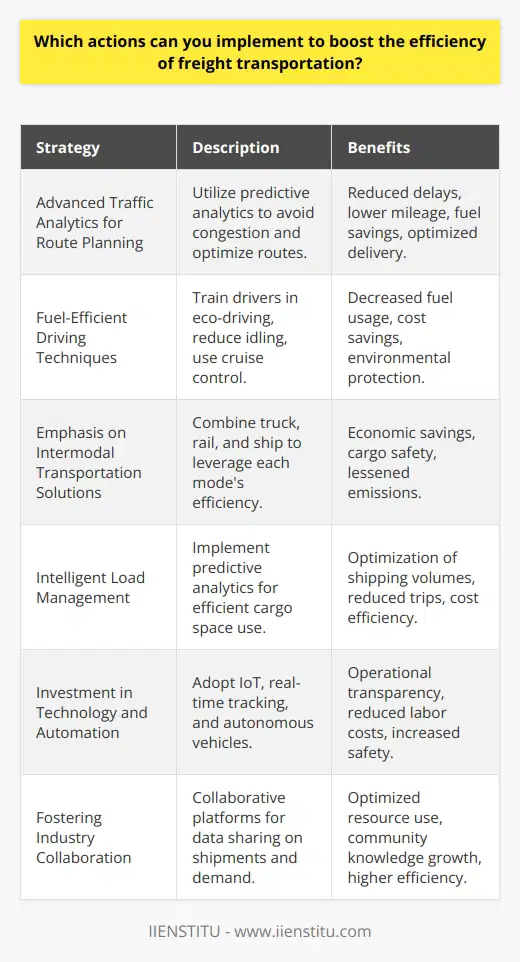
How does logistics add value in the economy?
Value Proposition of Logistics in the Economy
Logistics plays a significant role in the overall economy. Primarily, it fosters globalization. It enables businesses to procure, produce, and distribute their products and services globally.
Promotion of Trade and Commerce
Through efficient logistics, organisations can broaden their reach. They can access to new markets. Import and export activities surge. Consequently, the global trade environment thrives.
Reduction in Operational Costs
Logistics also aids in reducing operational costs. Efficient logistics management ensures optimal use of resources. This prevents waste, promoting cost-effectiveness and economic sustainability.
Enhancement in Customer Service
Another merit of logistics lies in improving customer service. Prompt delivery of quality goods earns customer trust. This leads to customer loyalty. These prospects provide a boost to the economy.
Creation of Employment
The vastness of logistics operations inevitably creates job opportunities. As various industries rely on logistics, it generates significant employment. This directly contributes to economic growth.
Support to Small Scale Industries
Even small scale industries benefit from effective logistics. It allows them to compete with larger corporations. This fosters healthy competition within the industry.
Driving Innovation
Logistics also drives innovation in the business landscape. This process motivates companies to develop more efficient systems. These enhancements contribute to an agile economy.
In conclusion, logistics plays an integral role in streamlining economic activities. Its significance truly renders it a cornerstone of the modern economy.

Why is transportation important to the economy?
Economic Significance of Transportation
Transportation plays a vital role in the economy due to several reasons. Primarily, it supports economic activities by enabling trade, exchange and travel.
Transportation and Trade
Transport forms the backbone of physical international trade. Goods produced at one place need reaching consumers residing at distant places. Thereby, transportation of goods becomes essential. Thus, it fosters an environment of trade and commerce which is critical for the economic growth.
Implication for Employment
Additionally, the transportation industry is a significant source of employment. It includes jobs like drivers, conductors, mechanics, traffic controllers, managers, and many more. Hence, it contributes substantially to job creation and decreases unemployment rates.
Facilitates Tourism
Also, transportation is pivotal in promoting tourism. Effective transportation infrastructure attracts more tourists, leading to significant revenue generation. Therefore, the development of transportation can significantly enhance a country's tourism industry.
Impact on Living Standards
Moreover, efficient and affordable transportation improves the standard of living. It facilitates easy access to schools, hospitals, workplaces, and recreational facilities. As a result, it indirectly contributes to economic development.
Implication for Market Expansion
Finally, transportation expands markets. It allows businesses to reach new customers and diversify their products or services. Thus, businesses achieve growth and potentially increase their profitability.
Therefore, transportation possesses a central role in effectuating economic growth. Without it, the flow of goods, services, and labor would stagnate, hindering economic progress. Thus, it is crucial for any economy to have a robust and effective transportation system.

What is logistics in a global economy?
Understanding Global Logistics
Logistics in a global economy refers to the management of goods, services, information flow from the point of origin to the point of consumption. This management process involves ensuring the right product reaches the right place, at the right time, and under favorable conditions.
Key Components
Essential components of global logistics include sourcing, manufacturing, distribution as well as return systems for products and services. This encompasses activities such as material handling, warehousing, packaging, transportation, inventory, security, and supply chain management.
Role of Global Logistics
Global logistics facilitates cross-border trading activities. Its Prime role includes arranging and managing multinational transportation and storage facilities. This typically requires adherence to complex regulations and standards set by different nations. It plays a crucial role in today's increasingly globalized and interconnected world.
Importance of Effective Logistics
Effective logistics management is crucial in the global economy. It helps companies reduce costs, improve customer satisfaction, and gain competitive advantages. Businesses rely on global logistics to ensure efficient and timely delivery of their products to consumers across the world.
Impact of Technology
Technological advancements have enhanced global logistics, ensuring efficiency and optimization. Technologies such as GPS, Internet of Things (IoT), automated warehouse systems, and blockchain have revolutionized the global logistics industry.
In conclusion, logistics plays an indispensable role in the global economy. It is a critically important function needed to enable and sustain worldwide trade, fuel economic growth, and build more resilient and sustainable societies.

